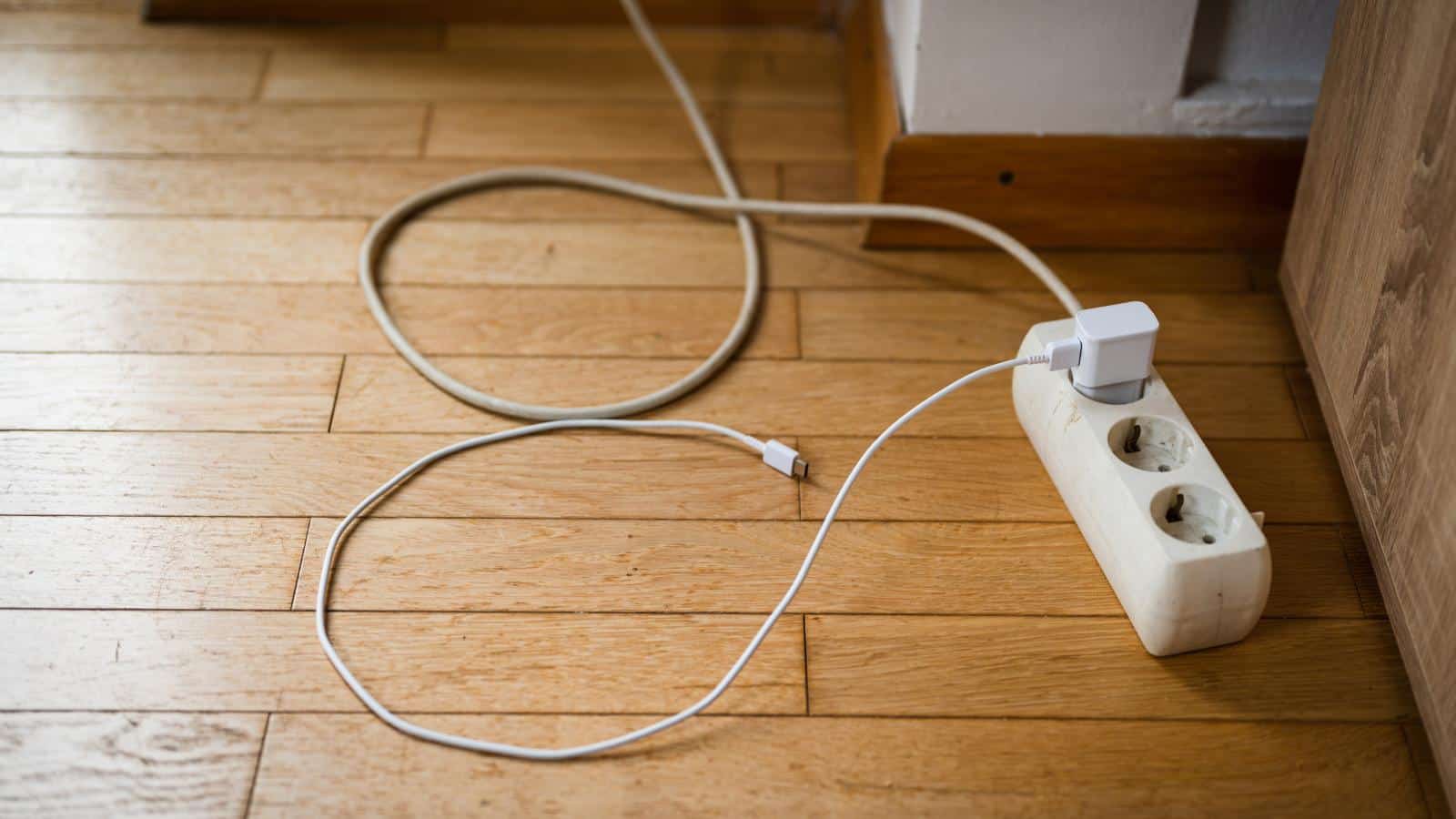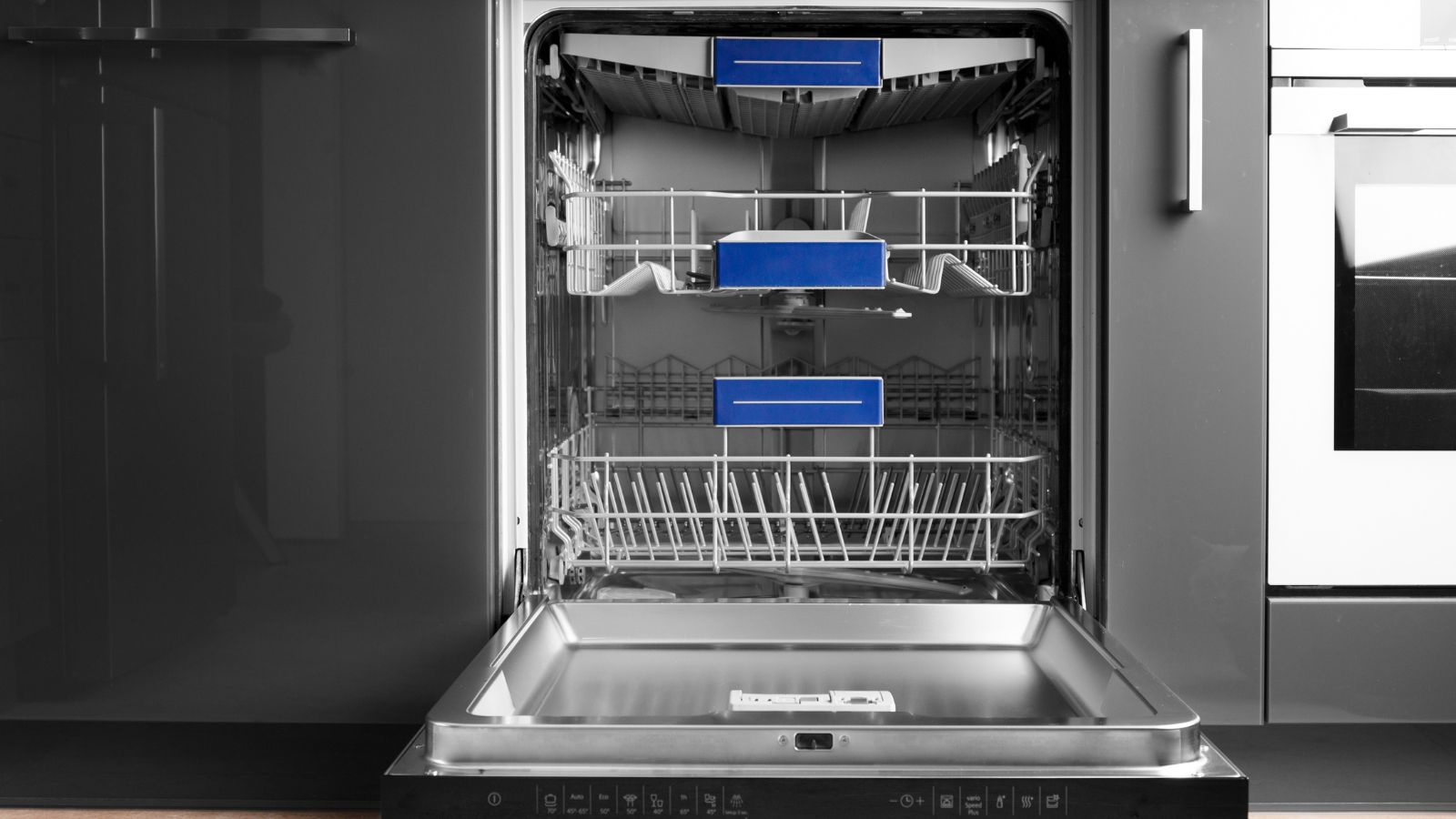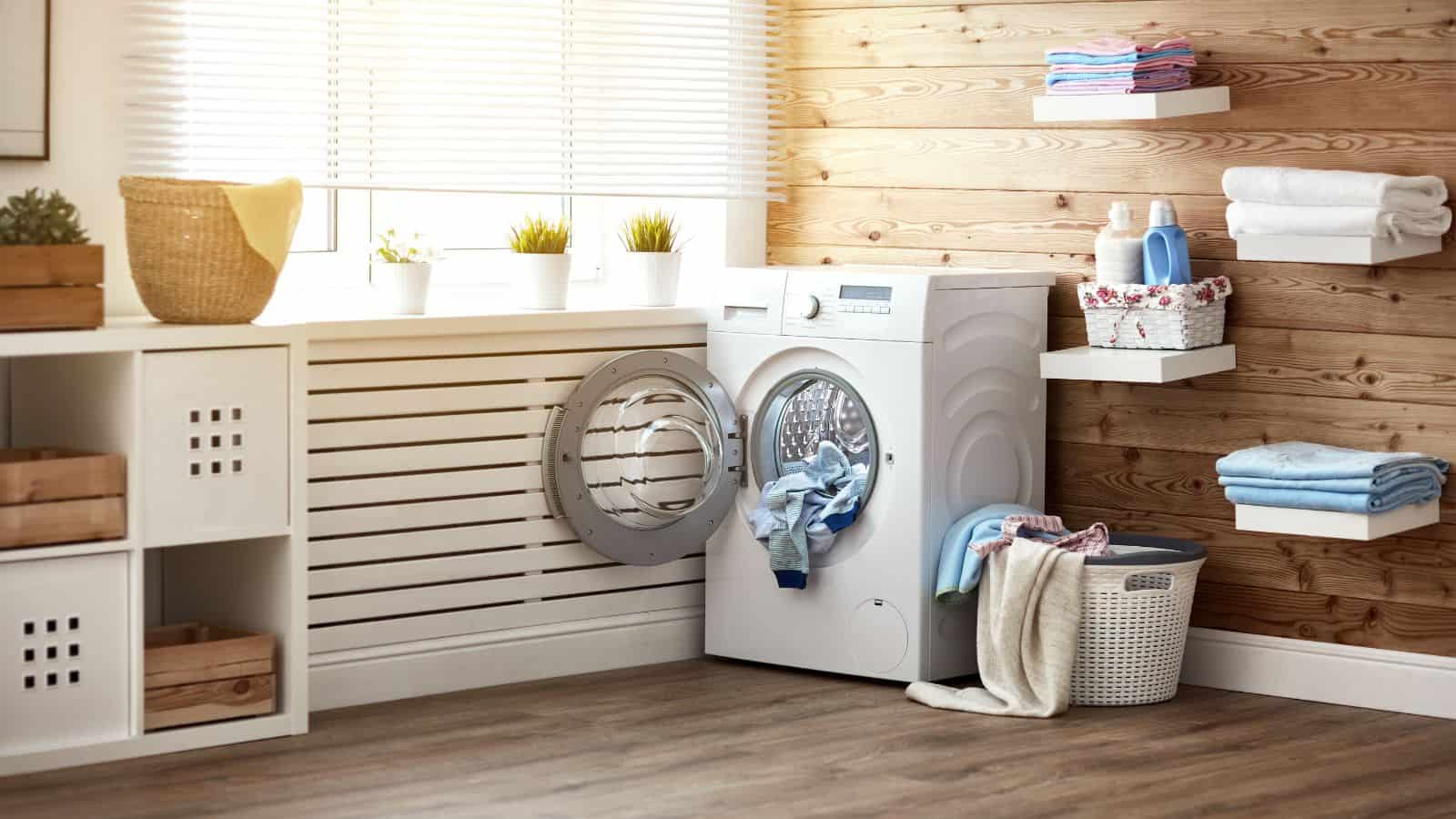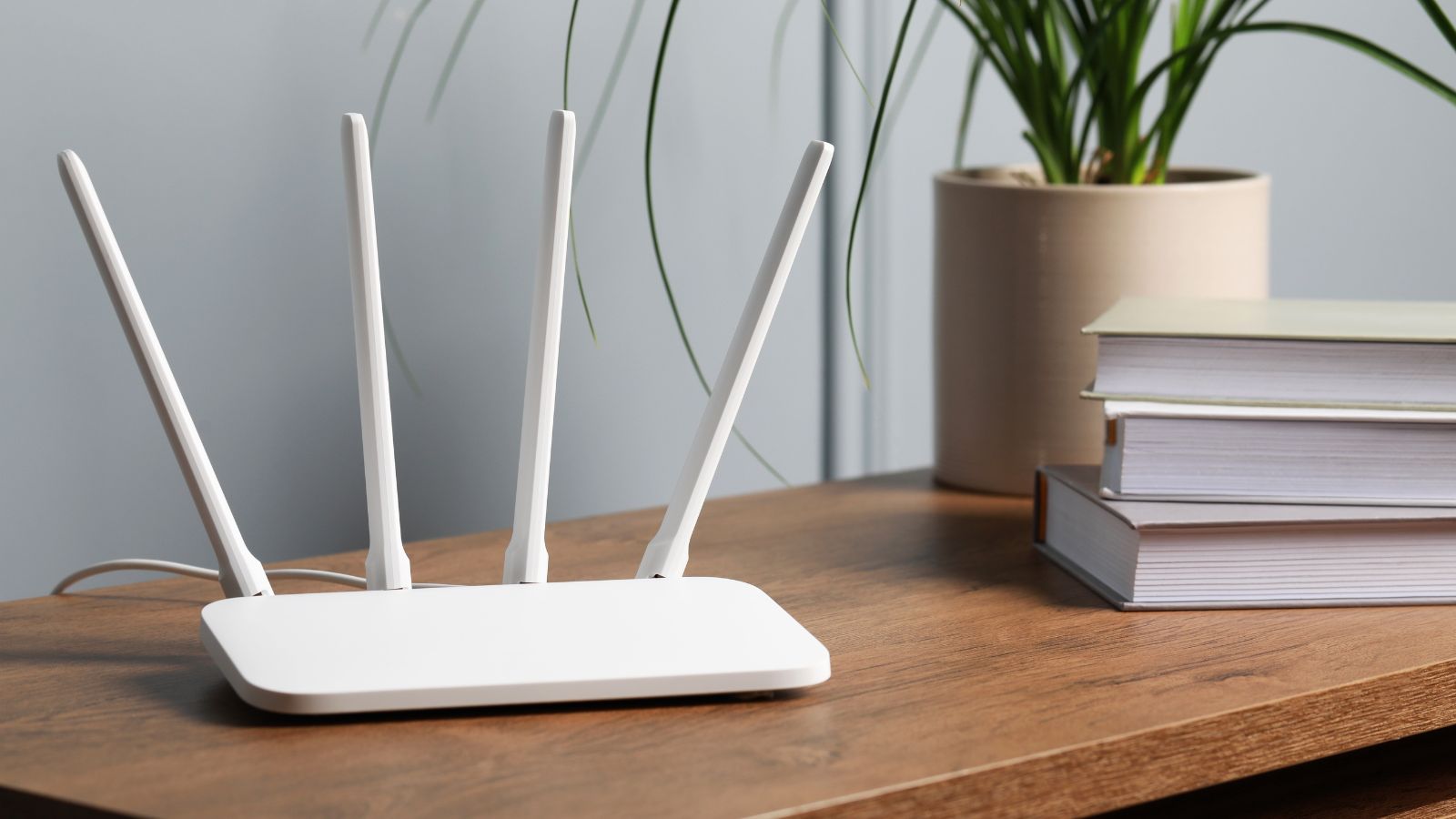Many appliances in your home consume considerable energy, even when not in use. If you’re trying to figure out where those extra dollars on the bill are coming from or what devices to use less often, you can start by investigating these 17 appliances.
HVAC Systems

You aren’t always at home and probably don’t deal with freezing or scorching temperatures daily, so use Smart HVAC units with sensors and timers to better manage your energy usage. It’s worth it because HVAC units are very energy inefficient and could cost you over $1,000 per year in energy wastage!
Hot Water Recirculation Pump

It’s great to always have hot water available at every faucet, shower head, and sink. However, leaving the recirculation pump on at all times easily costs over $90 per year. Instead, you can install a timer or smart system that manages the pump based on your daily hot water usage habits.
Audio Devices

Your soundbars, speakers, and amplifiers are also secret high-energy suckers. It’s easy to forget about them when you’re enjoying music, but you should be aware that it could cost you over $180 per year! What’s more, this could be significantly higher, especially if you use power amplifiers.
Coffee Makers

One surprising high-energy appliance is coffee makers–you’re likely burning between 136 kWh and 300 kWh ($40 to $90) per hour using one! Mayo Clinic says too much caffeine is bad for your health anyway, so cutting down is a good idea, both financially and for your physical health.
24/7 Lights

You don’t need lights on during the day, except in a room without much natural light. Turning off the lights occasionally or setting smart timers based on night and day cycles can save you a significant chunk of the $100 average they consume yearly. You’ll be doing your bit for the environment, too!
TVs

When you leave your TV on 24/7, you easily add over $50 to your annual electricity bill, and it’s totally unnecessary. You probably only use the TV when your favorite show is on, so there’s no need to allow it to burn through your bill. For best practice, unplugging them when you’re not using them is best.
Aquariums

You can’t put a price on the value of a beloved pet, but did you realize that your home aquarium could easily add an extra $200 to your yearly bill? Sadly, there’s no way to manage this, as aquariums need to be running all day, every day, to keep them safe for the fish.
Desktops

Many of us keep our desktop computers running overnight, and while Indiana State University suggests that this isn’t dangerous, it will certainly cause harm to your electricity bill. You’re only talking an additional $25 annually for a basic setup, but if you have a fancy setup and graphics card, your bill will be eye-watering.
Laptops

A laptop power adapter is also steadily draining your wallet. Many adapters use up to 70W per hour, which, based on an eight-hour workday, is around 192 kWh of energy per year. That will cost around $50, so always unplug your laptop once the battery is fully charged!
Video Game Consoles

When in use, the PlayStation 5 gaming console uses a whopping 216W per hour. Depending on how avid a gamer you are, this could cost you $25 annually and probably even more if you own additional consoles. Even on standby, consoles still use an average of 0.5 to 1.3 watts per hour.
Phone Chargers

Berkeley Labs’ research study shared by Stanford’s Magazine reveals that phone chargers consume an average of 0.26W per hour. It’s easy to ignore chargers left in sockets, but they still cost you about $6 per year in energy usage. Your chargers consume power, whether your phone is plugged in or not.
Refrigerators

The refrigerator is one of the more indispensable appliances in the home—you can’t turn it off when you have perishable food to store. However, if you have more than one at home and you could possibly fit all your edibles into one, turning the others off can help you save a huge $150 per year.
Dishwashers

Dishwashers use an average of 1.8 kWh when running, which adds up, especially if you load it multiple times a day. Your dishwasher likely uses an average of 800 kWh in a year, which represents an eye-watering $20 per month! Consider going old-school and washing your dishes by hand.
Ceiling Fans

The average ceiling fan uses 154 kWh of energy per year, which will cost you about $40 to $50. The size and speed of the blades will contribute here, but nonetheless, it’s always wise to turn the fan off and even unplug it when you don’t need it.
Printers

Even if you’re not actively printing, a printer on standby will still be slowly trickling away your hard-earned cash. Unplugging it when not in use is best, but consider switching to an inkjet if you use a laser printer, as inkjets use less than one-tenth of the energy that a laser printer does!
Washing Machines

On average, washing machines use 140kW of energy over a year, totaling around $42. Sure, they’re less expensive than laundry services, but there are still ways to cut down on energy usage. According to the Department of Energy, these include washing with cold water, washing full loads, and air drying when possible.
WiFi Routers

Finally, think about how your WiFi router is constantly plugged in! Whether you’re browsing the web or not, it will continue to consume a considerable amount of energy, potentially as high as 175.2kWh or $50 annually. Our solution? Unplug your router overnight, and this bill will immediately be chopped in half.
More From Planning To Organize: 18 Things You’re Too Old To Be Doing Anymore

As we grow older, it’s a great time to reevaluate our choices and habits. In this article, we’ll explore 18 things you may still be doing even though you may be too old.
18 Things You’re Too Old To Be Doing Anymore
18 Habits You Probably Developed if You Weren’t Loved as a Child

All children deserve unconditional love and care. But unfortunately, whether they intend to or not, some parents don’t make their children feel as loved as they should. If you weren’t shown enough love as a child, you’re likely to recognize these 18 habits.
18 Habits You Probably Developed if You Weren’t Loved as a Child
17 American Attractions That Used to Attract Millions But Are Now Facing Extinction

Environmental issues, lack of interest, and changing urban spaces are all contributing to the decline of some of America’s most loved attractions. Here are 17 places that are facing extinction, threatening the tourism market across the country.
17 American Attractions That Used to Attract Millions But Are Now Facing Extinction
